Embracing the soothing whispers of nature, the evocative subtleties of human emotion, and the exceptional intricacies of glorious landscapes, the art form of watercolor painting segues history and finds its vibrant pulse in the present day.
Debuting in the Paleolithic Age and escalating to prominence during the 18th century, this art medium has witnessed an enchanting transformation, shedding light on the ethos of artistic expression. From the exquisite finesse of legends like JMW Turner and Winslow Homer to the modern-day magic of Steve Hanks and Mary Whyte, watercolor painting inspires with its captivating depth and nuance.
Table of Contents
- Historical Evolution of Watercolor
- Analyzing the Techniques of Watercolor Greats
- Contemporary Watercolor Artists
- Future Perspective and Implication
- Related Questions
Historical Evolution of Watercolor
The use of watercolor throughout history is indeed a captivating subject. This medium, which combines the fluidity of water with rich pigments, has graced the canvas of countless masters, assisting in recreating profound layers of beauty, depth, and raw emotion. Exploring this journey offers a peek into intriguing historical corners, mirroring cultural shifts, artistic evolution, and the human experience.
To begin, it’s essential to consider the earliest known uses of watercolor that hark back to the Paleolithic era, with cave paintings in Europe. These humble beginnings demonstrate the intuitive attraction – for humankind – of using colored pigments mixed with water to express ideas, stories, and beauty. Later, in ancient Egypt, watercolor techniques were applied to create detailed papyrus paintings, proving its prowess as a versatile medium.
In medieval Europe, illuminated manuscripts adorned with meticulously crafted watercolor illustrations were significant in propagating religious teachings. Watercolor allowed for unprecedented precision and detail, igniting an echo of divinity in every brush stroke. It’s worth noting that these historical antecedents laid the ground for the Renaissance masters’ exploration of watercolors.
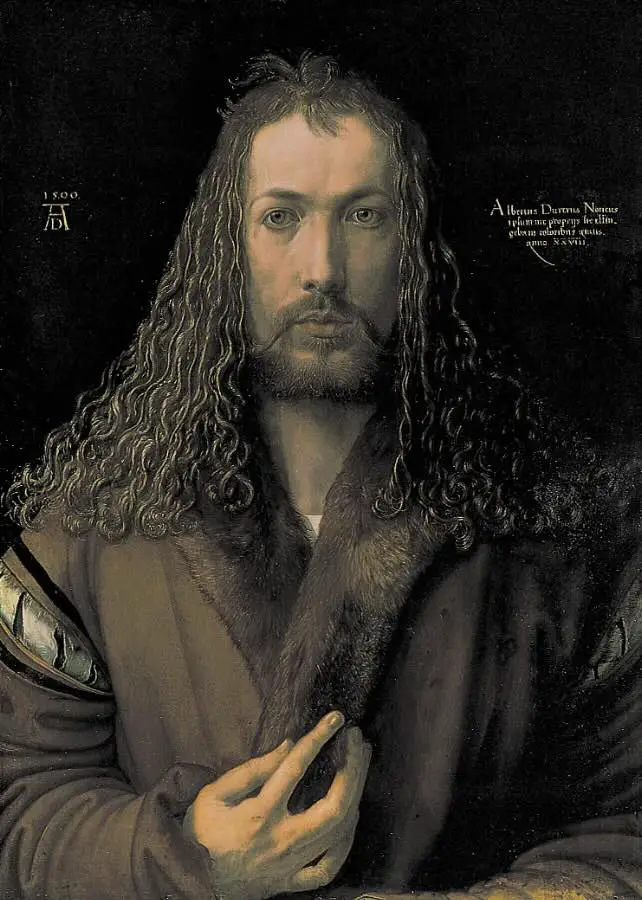
In the hands of artists like Albrecht Durer, watercolor took an essential leap during the Renaissance era. Durer, regarded as one of the early European landscape painters, harnessed the fluidity of watercolor to articulate softer tones and light effects, bringing to life an inspiring blend of the sublime and the delicate.
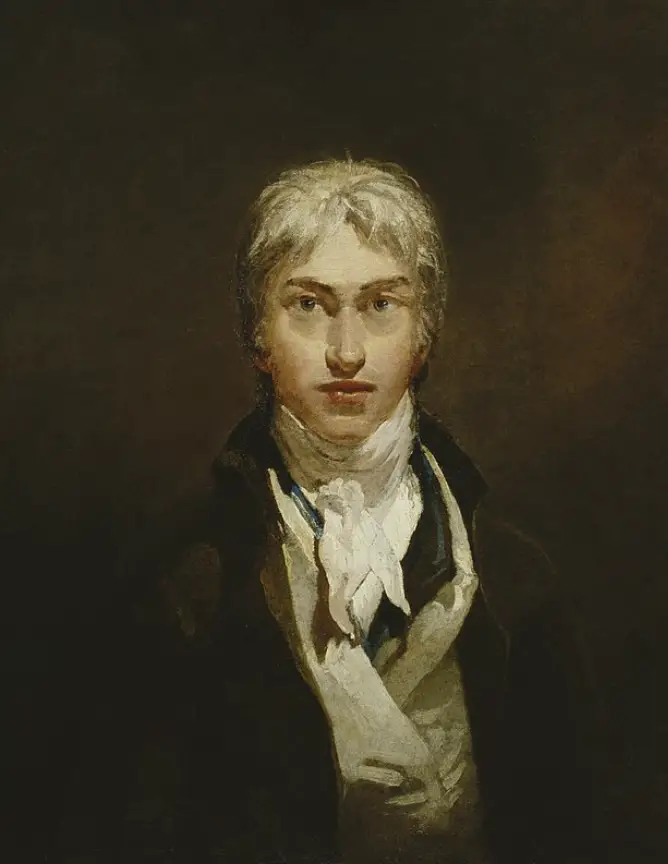
Moving to the Romantic period, artists like J.M.W. Turner and John Constable widened the spectrum of watercolor by infusing more dynamism and expressive power. Turner was renowned for his proficient use of this medium for large-scale paintings, twisting the notion of watercolor being suitable only for sketches or miniatures. His turbulent seas and stormy skies stood as metaphorical landmarks, elucidating his vivid ethos.
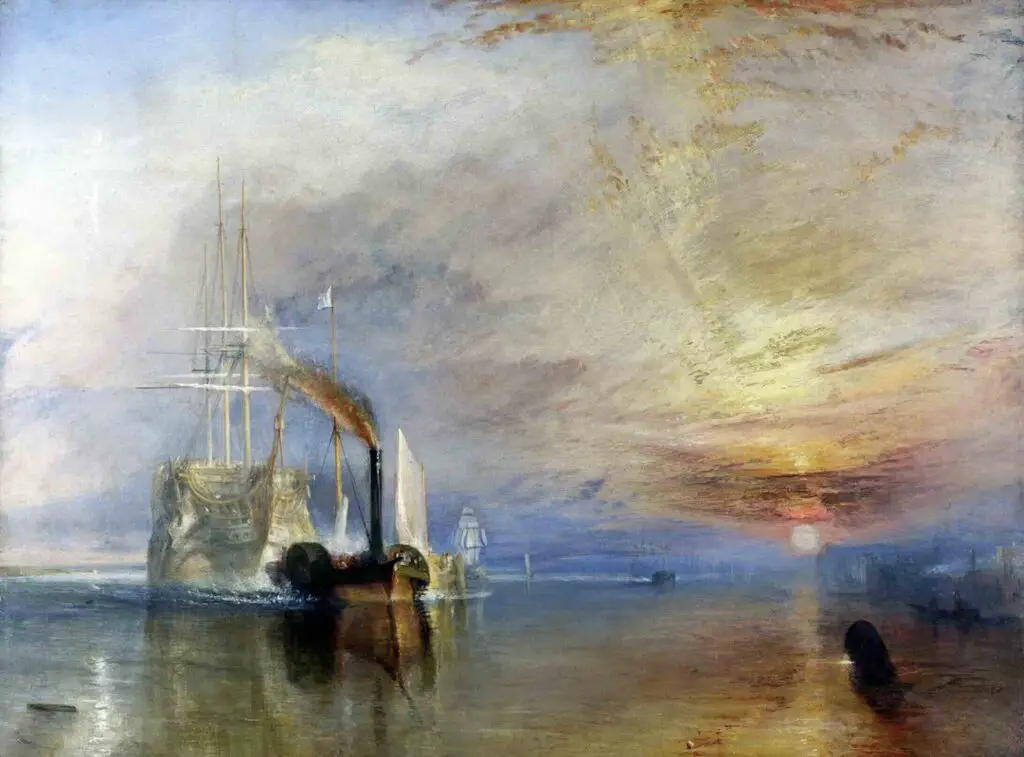
The impressionists subsequently breathed new life into watercolor. Artists like Claude Monet and Paul Cézanne rendered fleeting moments and sensations through watercolor, capturing light with a dreamlike poeticism central to this artistic movement.
Moving into the modern period, artists such as Georgia O’Keeffe and Kandinsky continued to push the boundaries of watercolor. O’Keeffe’s luminescent flowers and Kandinsky’s abstract compositions utilized watercolor’s fluidity and transparency in revolutionary ways.
Presently, the avenues of watercolor continue to evolve, reflecting the postmodern deconstruction of traditional artistic “rules.” Whether for plein air sketches or intricately detailed works, watercolor remains a favorite for contemporary artists, echoing its historical journey.
The evolution of watercolor is a testament to the versatile nature of this medium. From cave paintings to large-scale abstract compositions, masters across the ages have harnessed its distinct characteristics, driving continuous cycles of artistic innovation. Watercolor has undoubtedly etched an indelible imprint on the canvas of art history. It will continue to do so as long as man derives inspiration from his spirit and the world around him.
Analyzing the Techniques of Watercolor Greats
The Noteworthy Techniques of Revered Watercolor Artists
As innovators of their time, watercolor artists throughout history have been ingeniously harnessing the medium’s inherent versatility to devise distinctive techniques. From deploying delicate gradations to applying bold applications, these unique methods have played an integral role in translating the artists’ visions onto the canvas.
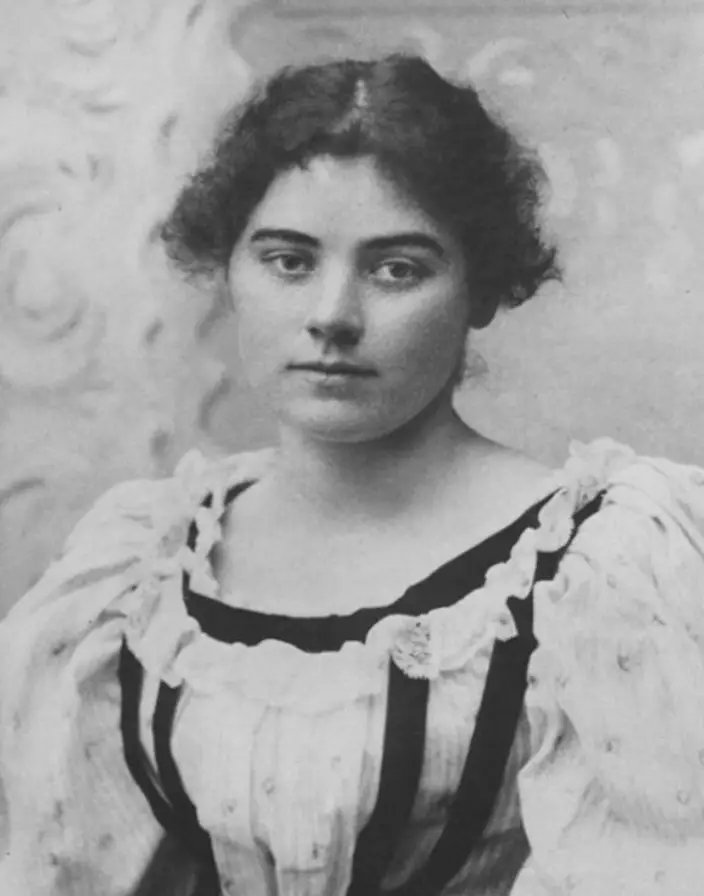
Victoria-based artist Emily Carr is one such example. Carr, a forerunner in the modernist movement of the early 20th century, juxtaposed thick, opaque brushwork with translucent washes to create landscapes that vividly communicated her emotional connection with the wilderness of British Columbia.
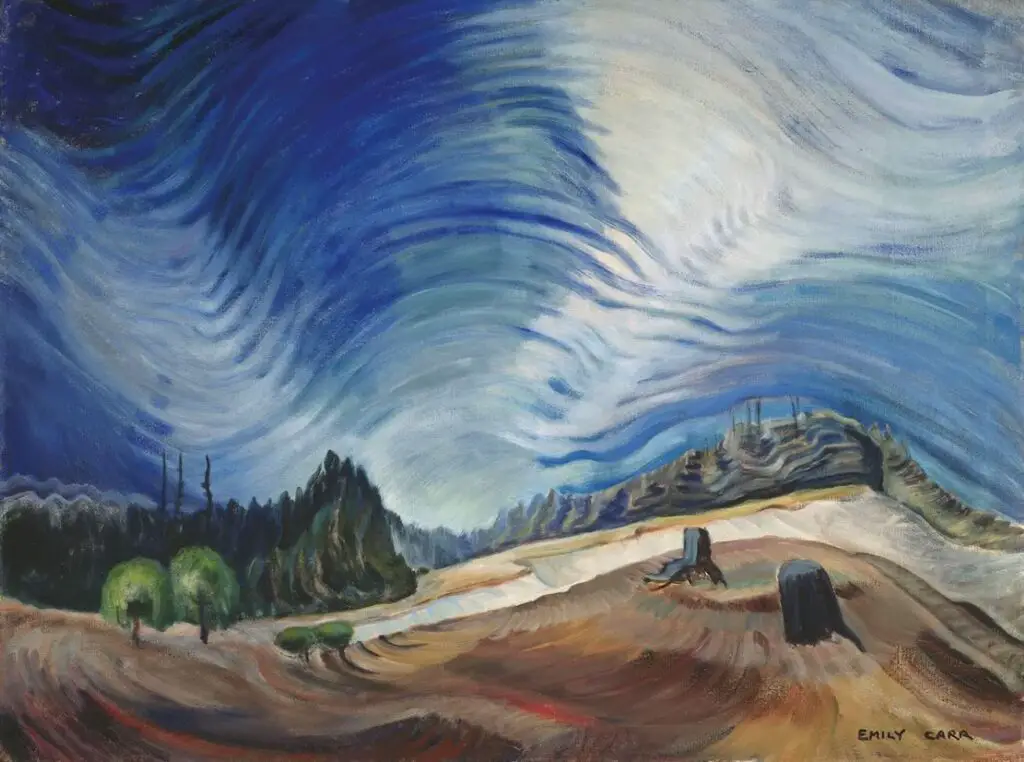
Her layering of colors brought about a visual depth in her work, creating a sense of harmony and balance that continues to captivate viewers.

Armed with bold geometrical designs, Sonia Delaunay employed watercolor as a tool to explore the dynamic interplay of color and form in her abstract works. Delaunay’s ‘Orphism’ movement was marked by overlapping transparent colors to create a rhythmic vibrancy, taking her viewers into a realm of visual music.

Understanding the distinct techniques of these renowned artists enhances one’s appreciation of the depth and breadth of watercolor as a medium. It reminds us that art isn’t merely about replicating reality; it’s a communion between the artist’s emotions and the observer’s perception, one in which technique serves as a bridge. Each artist’s hand touch makes a difference, morphing the same watercolor medium into myriad expressions.
As we explore further, these watercolor techniques continue to evolve. Current artists are not simply pressing into service these time-honored methods but pushing boundaries, experimenting, and creating their distinct expressions with watercolor.
This ceaseless evolution of techniques ultimately contributes to the richness and diversity of the art world, ensuring that watercolor remains a dynamic and popular medium. Artists, in their creative journey, keep untreated paths open for future explorations, thus continuing the vibrant lineage of watercolor art.
Contemporary Watercolor Artists
Watercolors occupy a delicate position in the art world. Versatile and expressive but also demanding, they have been perfected and transformed by brilliant artists throughout history. We’ve delved into the origins and metamorphosis of watercolors in art, and now, let’s turn to many contemporary artists who are making their mark in this unique and captivating medium.
One name that resonates in the contemporary watercolor scene is Karin Johannesson. Highly regarded for her floral watercolors, Johannesson strikes a unique balance between figurative and abstract. Her work exemplifies a keen understanding of the fluidity of watercolor, as she allows the pigments to dance and merge on paper, creating vibrant, ethereal pieces.
He is turning our gaze to the work of Endre Penovác, known for his mesmerizing depictions of animals. He utilizes the “wet-on-wet” technique to fuse elegance and raw intensity. Penovác conjures semi-abstract forms; the colors seemingly spread and bleed independently, crafting distinct textures that bring life to his furry and feathered subjects.
There are also the delightful and whimsical creations of Jun-Pierre Shiozawa. His urban landscapes and transport scenes find beauty in the mundane as he masterfully manipulates layering to bring depth and perspective. His vivid palette reflects the energy of city life, reminding one of the vivacity present in everyday environments.
On the narrative side, there is Thomas Schaller. A brilliant storyteller, Schaller captures emotion and atmosphere through his architectural landscapes. With a keen appreciation of light and shadow, he uses watercolor’s fluidity to craft engaging compositions that capture the spirit of his chosen locales.
Leslie Redhead is another artist pushing boundaries. She employs innovative techniques like pouring and negative painting to emphasize the value of light in her work. Her style elevates the medium beyond mere representation, creating vibrant abstracts that probe the viewer’s perceptions and invite introspection.
While differing in style and subject matter, these artists are united by their innovative utilization of watercolor. They push beyond the medium’s perceived limitations, using its unpredictability as a tool to heighten their visual narrative. They exemplify the idea that mastering watercolor is not just about control but harmonizing with its volatile yet captivating nature.
Watercolor artists stand at an exciting frontier in art where innovation and creativity are paramount. They continue to surprise and captivate audiences by offering fresh perspectives through their works.
They contribute powerfully to the ongoing legacy of watercolor, reinforcing this medium’s enduring position in the vast and constantly evolving world of art. So, here’s to these artists — for keeping the enchantment alive with this magical medium and reminding us why watercolor art will remain timeless and relevant across generations.
Future Perspective and Implication
Moving forward, the future of watercolor art is optimistic and filled with limitless potential. Given its inherent flexibility and range of expression, it will continue to be a favorite medium for artists who seek to push creative boundaries. Conceptual boundaries, too, can be pushed in this sphere. The ability to convey abstract concepts in a fluid, almost ethereal manner gives watercolor a pivotal role in the evolution of conceptual and abstract art.
In the age of digitization, where seemingly everything is being transferred onto a screen, watercolor has also found a new life. Digital art applications continually innovate, offering watercolor brushes that mimic accurate watercolor strokes’ exact texture and fluidity. This facilitated incorporation of traditional techniques into digital art is excitingly paving the way for an entirely new genre of watercolor-inspired digital art.
Speaking of modern-day artists, Ilya Ibryaev from Russia and Australian Joseph Zbukvic are producing works that significantly influence the course of watercolor art. With his inclination towards hyper-realistic depictions, Ibryaev mainly contributed to the growth of realism in watercolor, while Zbukvic is celebrated for his atmospheric, almost impressionistic landscape paintings.
One cannot talk about the future of watercolor without addressing its instrumental role in therapeutic art and art education. Due to its relatively non-toxic nature and ease of use, watercolor has become a preferred medium in art therapy, aiding psychological healing through creative expression.
Moreover, watercolor painting has also been embraced for its ability to foster free thinking, creativity, and a love for art in students, helping to shape the next generation of artists and art appreciators.
The role of ongoing technological advancements in shaping the future of watercolor art cannot be overstated. With the rise of AI, watercolor art is increasingly being used to train neural networks to understand artistic technique and style—a fascinating convergence of art and technology that is stirringly hinting at what the future may hold.
In the landscape of eco-friendly art, watercolor stands in good stead. With eco-conscious artists and buyers increasingly favoring environmentally friendly materials, the organic nature of watercolor—predominantly consisting of water and pigments—naturally aligns with the green movement, marking an essential direction for the future of sustainable art.
In conclusion, with its constantly evolving techniques and growing engagement in digital art, therapeutic practice, art education, and eco-conscious art, the future looks incredibly vibrant for watercolor art. It is not just an art form but a living entity, poised to continue its evolution and adaptation in a dynamically changing world.
As art enthusiasts, historians, and practitioners, it is exciting to witness and be part of this ever-evolving journey of watercolor. The future beckons, and it is awash with color.
As this exploration reaches its outcome, it’s clear that the art form of watercolor is continually evolving, influenced by technology, climate change, and shifting sociocultural undercurrents. Despite these factors, however, the enduring love from both the artists and audiences keeps the medium alive and thriving in its luminous vibrancy.
The extraordinary journey from J.M.W. Turner’s ethereal sunsets to Steve Hanks’ mesmerizingly realistic figures illustrates the medium’s miraculous adaptability over the centuries.
The watercolor painting is a testament to human creativity’s resilience and ingenuity, from the flickers of its historical past to its remarkable resurgence in the present. In the future, this renowned art form may yet reveal fresh shades of expression, making it more relevant than ever in shaping, representing, and challenging our perceptions of the world around us.
Anita Louise Art is dedicated to art education, great artists, and inspiring others to find and create their art. We love art that uplifts and inspires. #ArtToMakeYouSmile! #ArtToMakeYouHappy!
If you want to see any of my art, you can find out more by clicking here. If you are interested in what inspires me and my paintings, you can discover more by clicking here.
We have a free newsletter and would love you to be part of our community; you can subscribe to the newsletter by clicking here. I would be happy to talk to you if you have any questions. You can reach me, Anita, by clicking here.
Subscribe to our Anita Louise Art YouTube Channel filled with great videos and information by clicking here.
Join us for our podcast “5 Minutes With Art.” Spend just 5 minutes a week with us to discover and learn about great art and artists. You can find out more about our podcast by clicking here.
Related Questions
Characteristics of Japanese Ukiyo-e Woodblock Prints
Japanese woodblock prints were produced to have a mass appeal to the Japanese audience. There are a lot of characteristics in the Japanese woodblock print, such as the asymmetry of design, how the artist experiment with composition, the artist’s use of flats spaces, and the use of colors.
By clicking here, you can learn more by reading Characteristics of Japanese Ukiyo-e Woodblock Printsach Other?.
What Are Some Japanese Woodblock Print Characteristics?
There are many characteristics of a Japanese woodblock print, from the woodblock print title, artist name, and publisher’s seal; other features also include the color and subject matter. Japanese woodblock prints also have different artistic art movements.
By clicking here, you can learn more by reading What Are Some Japanese Woodblock Print Characteristics?.
What Is A Japanese Woodblock Print?
A Japanese woodblock print is, as the name implies, a print that is made by using carved woodblock and applying ink on the woodblocks to print a design on paper. The Japanese woodblock artists used woodblocks to print artistic prints and even books. Artists have used the woodblock print technique in Japan for hundreds of years.
You can learn more by reading What Is A Japanese Woodblock Print? by clicking here.

